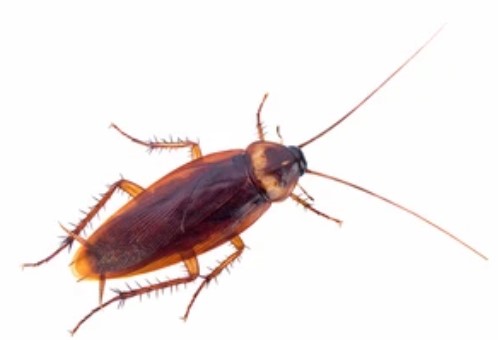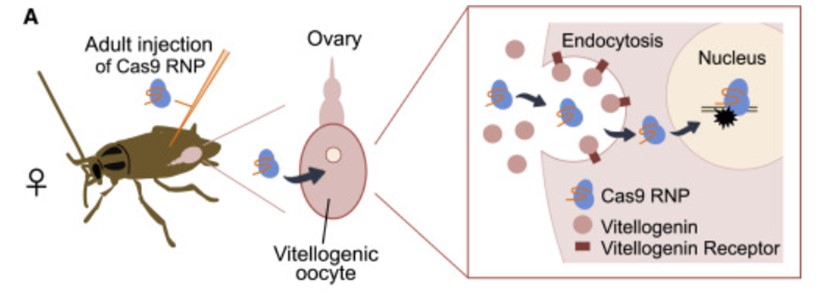
The cockroach belongs to the order Blattella and is one of the oldest insect species in the world. There are many species of cockroaches, more than 5,000 known species around the world, are incomplete metamorphosis insects, life history consists of eggs, if the insects, adult 3 stages. Adult cockroaches of both sexes become sexually mature and start laying eggs about a week after fledging. Not only can cockroach females mate once and lay eggs for life, but individual species such as the American cockroach have solitary reproduction. In addition, cockroaches can be infected with bacteria that cause cholera, pneumonia, diphtheria, nosode, anthrax, and tuberculosis, carry a variety of helminth eggs such as roundworms, duodenal hookworm, and whipworm, and carry a variety of protozoa that are pathogenic to humans or animals, and are a worldwide pest that endangers public health.
The high reproduction, rapid growth, and remarkable tissue regeneration properties of cockroaches make them a biological model for incomplete metamorphosis insects. Therefore, cockroach gene editing can provide new ideas for cockroach control and insect research. Lifeasible is able to study the functions of gene families and signaling pathways involved in cockroach environmental adaptation and developmental plasticity through various cockroach gene editing techniques, providing new ideas for cockroach control.
Cockroaches are not amenable to conventional CRISPR/Cas technology due to their unique reproductive system and hard early embryonic shell. Lifeasible is able to help customers achieve genetic editing of cockroaches through DIPA-CRISPR technology. We use Cas9 and a ribonucleoprotein that is injected into the body cavity of adult female cockroaches. The cutting enzyme moves to the genomic location where the alteration needs to be made, causing the original strand in the female cockroach to be replaced by the desired modified DNA, enabling the alteration of the cockroach genome.
 Figure 2. A schematic of DIPA-CRISPR. (Shirai Y., et al., 2022)
Figure 2. A schematic of DIPA-CRISPR. (Shirai Y., et al., 2022)
Lifeasible is able to realize gene editing of cockroaches through DIPA-CRISPR technology and construct mutant cockroaches to help customers further explore the functions of cockroach growth and development-related genes and find new methods of cockroach control and the value of cockroach applications in various aspects. If you are interested in our services or if you have any questions, please click online inquiry for more detailed information.